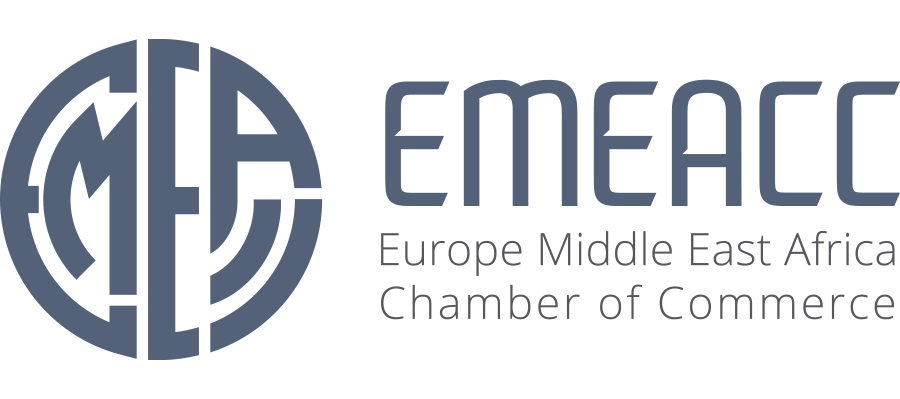Board Management Software is a collection of tools designed to make your board more efficient and productive. It allows boards of directors to operate more efficiently by allowing them to access documents and information from any location and on any device. This means that board members spend less time searching through email inboxes and shared files and more time focusing on the strategy and governance.
The best board portals include tools for scheduling and invitations, agendas that are dynamically made with time limits, designated people for each phase of the meeting, embedded references, and a variety of collaborative tools, like annotation tools to enhance collaboration and discussions. Most systems offer e-signature capabilities to accelerate the signing process of documents following meetings.
These systems enable boards to meet more frequently and more efficiently than boards that do not. The technology allows for easier tracking of actions and follow-up on tasks that were not completed.
There are many different vendors of board governance software see this website post about board management software for nonprofits that offer a range of products at varying costs. However, it’s important remember that not all systems are made equal. Free systems, for instance tend to be less feature-rich and do not always have the features boards require.
Additionally, paid solutions are often more costly than their free counterparts, but they can save you time and money in the long run by making your board more efficient and efficient. It is important to evaluate different systems against your needs and select one that will continue to evolve to meet the changing needs in the coming years.
